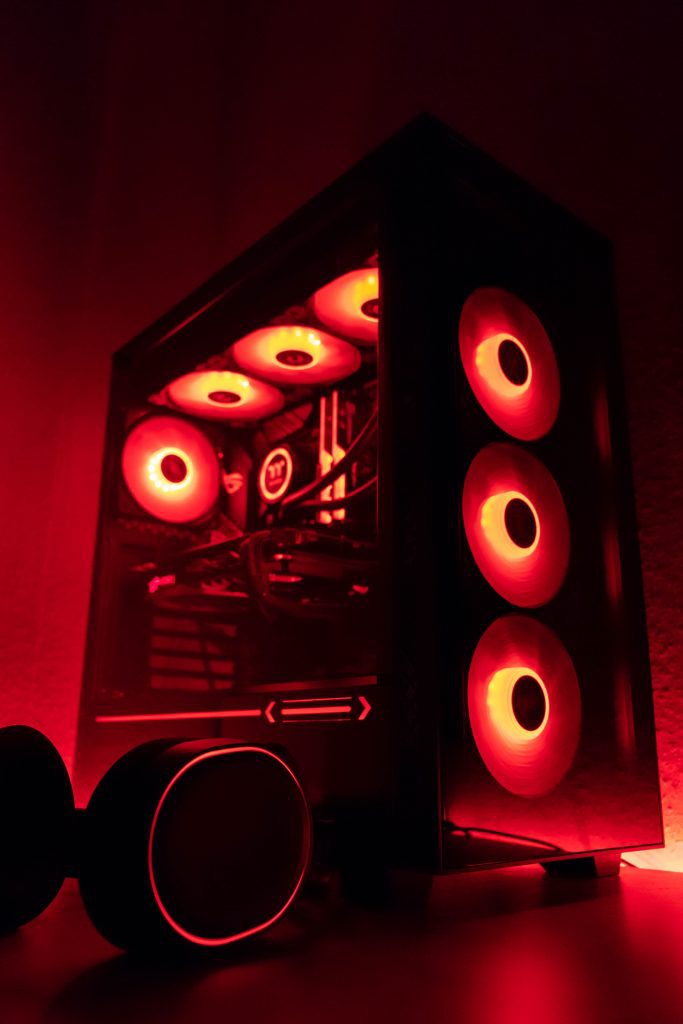
In the high-stakes world of competitive gaming, minimizing input delay is a crucial part of ensuring your performance is at its best. Input delay, or lag, is the time it takes for a command to be registered by a game after you press a button. This guide will walk you through the steps to minimize input delay, helping you stay ahead of the competition.
Using Timer Resolution
A simple yet effective method for minimizing input delay is to use Timer Resolution. This application changes the default timer on your system, enabling faster input registration.
By setting it to “Maximum,” you ensure that your timer operates as fast as your system allows, leading to quicker responses in-game. Some players even report an increase in FPS on lower-end systems when using Timer Resolution, further enhancing gameplay.
[See our article on How to Use Timer Resolution]
Optimizing Your Internet Connection
A strong and stable internet connection is vital in minimizing input delay. Consider using a wired connection over Wi-Fi for a more stable and faster connection. Regularly test your internet speed and latency to ensure optimal performance.
Using Game Mode on Windows
Windows 10 and newer versions offer a ‘Game Mode’ that prioritizes system resources for gaming. This
mode can reduce background activities, potentially minimizing input lag. To enable it, navigate to Settings > Gaming > Game Mode and toggle it on.
Investing in High-Quality Gaming Gear
High-quality gaming gear can significantly reduce input lag. A gaming monitor with a high refresh rate, such as the Acer Nitro XZ270 240hz, can provide smoother, lag-free visuals.
Gaming mice and keyboards with high polling rates can also help reduce input lag. Consider investing in a high-quality gaming mouse like the Razer Viper Ultimate Hyperspeed Lightweight Wireless Gaming Mouse and a responsive gaming keyboard like the Corsair K60 TKL Mechanical Keyboard.
Updating Graphics Drivers
Outdated graphics drivers can cause input delay. Ensure your graphics drivers are up-to-date to optimize your PC’s performance.
By following these steps, you should be able to significantly minimize input delay and improve your competitive gaming performance. Remember, the key is to continually assess and optimize your gaming setup for the best results. Happy gaming!